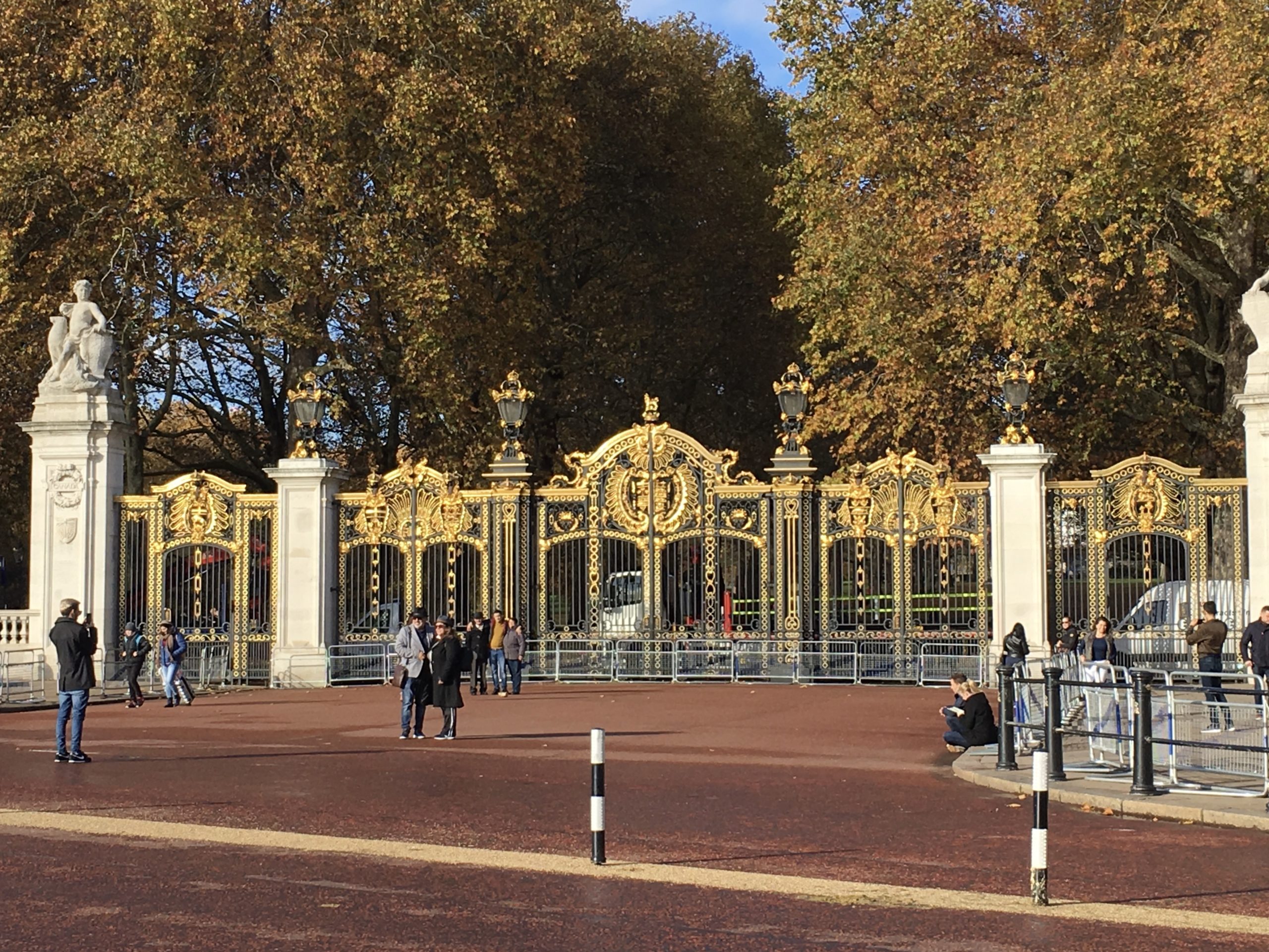Queen Elizabeth’s Platinum Jubilee events have come to an end today, with the United Kingdom and much of the world celebrating the 70th year of her reign. Elizabeth Alexandra Mary, or ‘Lilibet’, to her family, ascended to the crown on 6 February 1952, at 25 years and 291 days, following the death of her father, George VI.
Elizabeth II’s 70th year of reign, written as a regnal year, would appear as 70 Elizabeth 2 in official parliamentary documents. This numbering system was changed in 1962 with the passage of the Acts of Parliament Numbering and Citation Act 1962 (10 & 11 Eliz 2, c 34), and took effect in 1963. Notice the numbering of that Act using regnal years 10 & 11 Eliz 2. Acts passed since that time appear like this one Broadcasting Act 1990, 1900 Chapter 42 compared to pre-1963 acts like the Coroner’s Act, 1887. [50 & 51 Vict. Chap. 71], passed in the reign of Queen Victoria.
What is a regnal year? It is the method which was used to designate the year of reign of that monarch. The calendar date of ascension to the throne varied so a numbering system was put in place to assist in documenting the year of reign. The first regnal year for Elizabeth II was 6 February 1952 – 5 February 1953, wherein official documents for that 12 month period were written or referenced as 1 Elizabeth II. The next regnal year (2 Elizabeth II) was 6 February 1953 – 5 February 1954 and so on. Knowledge on the use of regnal years is useful when reading and transcribing historical manuscripts such as medieval deeds, parliamentary documents and other official communications. Excellent resources in understanding the dating of documents (in this case, regnal years) are linked below:
- University of Nottingham Manuscripts and Special Collections
- The Incorporated Council of Law Reporting for England & Wales
- A Handbook of Dates for Students of British History (New Edition published 2000), linked to Elizabeth II’s reign at that time.
- Excellent book, but hard to find. Chambers, Paul (2005) Medieval genealogy: how to find your medieval ancestors. Stroud: Sutton Publishing. ISBN: 978-0750936873.
Images. Photograph. Buckingham Palace Gates. 11 November 2018. London, England, United Kingdom. Phyllis Zumwalt, photographer. Private collection.

